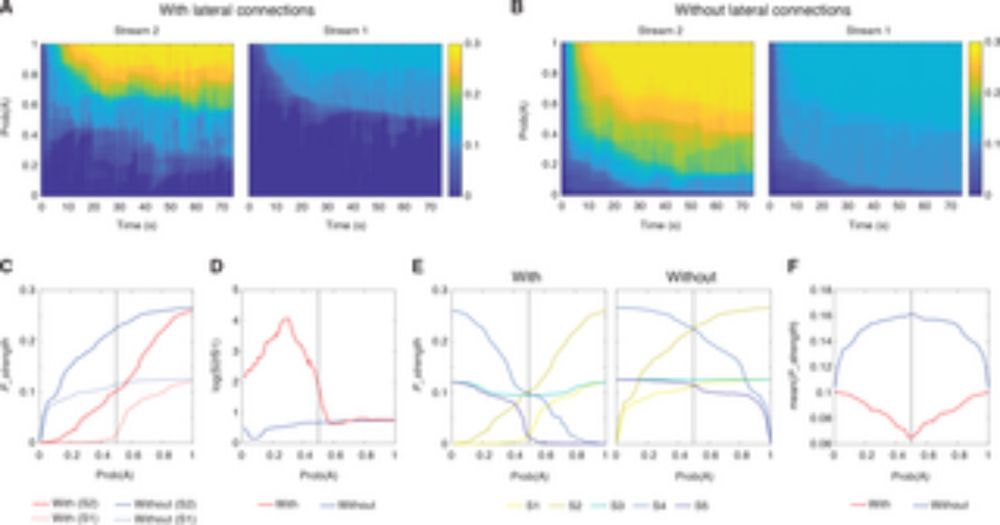
Studying auditory prediction
Project researcher @ IRCN, University of Tokyo ,Japan
@utokyoofficial.bsky.social WPI-IRCN
@plosbiology.org
paper again:
doi.org/10.1371/jour...

@utokyoofficial.bsky.social WPI-IRCN
@plosbiology.org
paper again:
doi.org/10.1371/jour...
📌 Receptive field: responds to both tones when heard
📌 Predictive field: fires only when one specific tone is omitted
Same neuron — opposite selectivity for presence vs absence.
📌 Receptive field: responds to both tones when heard
📌 Predictive field: fires only when one specific tone is omitted
Same neuron — opposite selectivity for presence vs absence.
🔹 Early in the sequence, gaps triggered little or no response
🔹 After repeated exposure to the target tone, the same gap evoked strong firing
This suggests the brain gradually accumulates statistical regularities to form stable expectations.
🔹 Early in the sequence, gaps triggered little or no response
🔹 After repeated exposure to the target tone, the same gap evoked strong firing
This suggests the brain gradually accumulates statistical regularities to form stable expectations.
🔹 Gap in a sequence where the target tone was 90 % of items → strong firing
🔹 Gap in a sequence where the target tone was 10 % → weak or no firing
This shows predictions are feature-specific and confidence-graded.
🔹 Gap in a sequence where the target tone was 90 % of items → strong firing
🔹 Gap in a sequence where the target tone was 10 % → weak or no firing
This shows predictions are feature-specific and confidence-graded.
Their omission responses act as prediction error signals:
The stronger the expectation for this specific tone, the stronger the firing when that tone fails to appear.
Their omission responses act as prediction error signals:
The stronger the expectation for this specific tone, the stronger the firing when that tone fails to appear.

